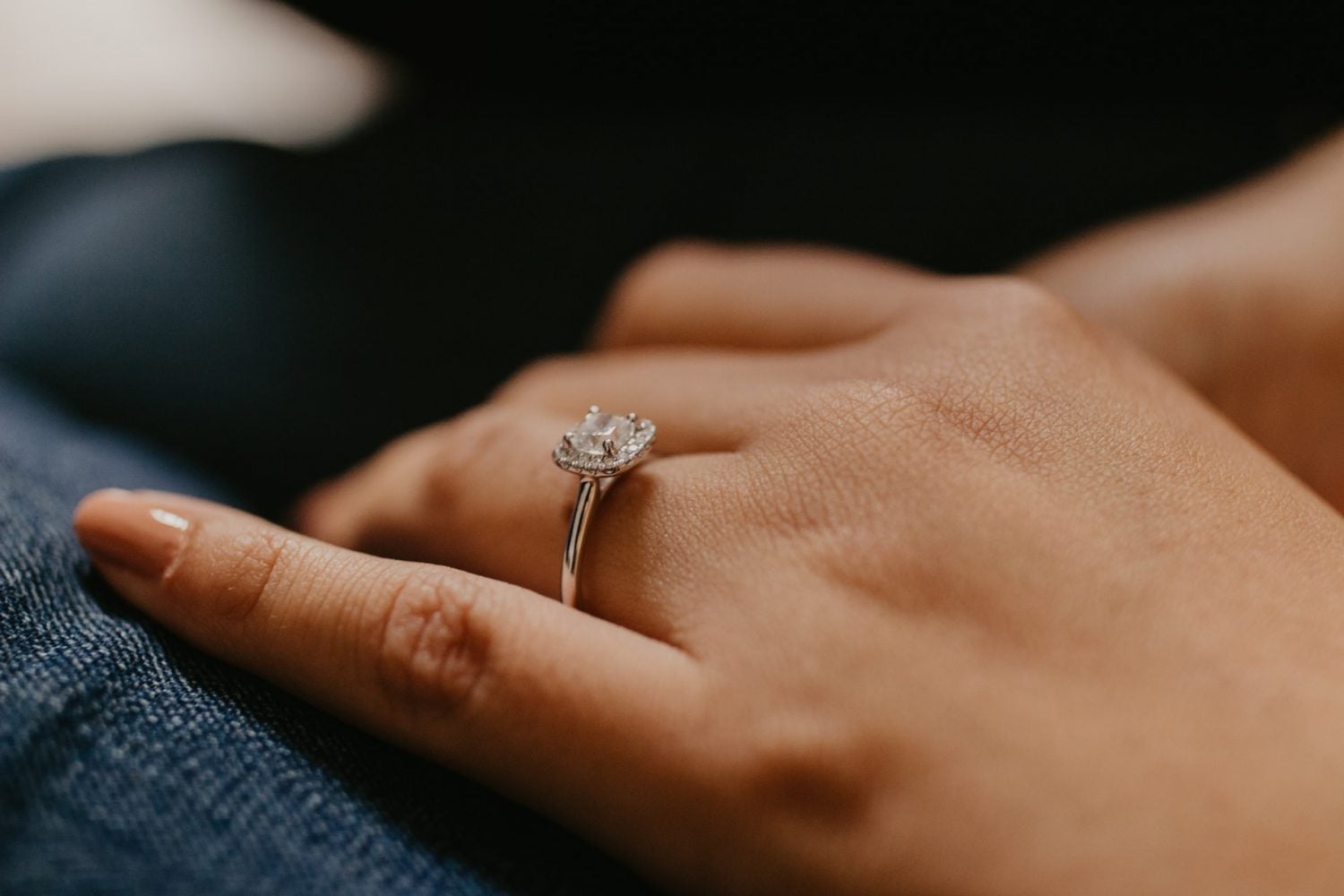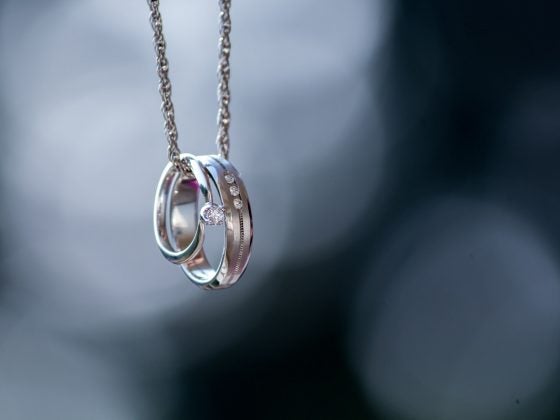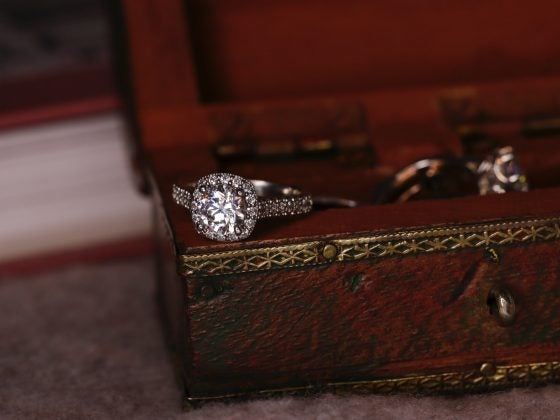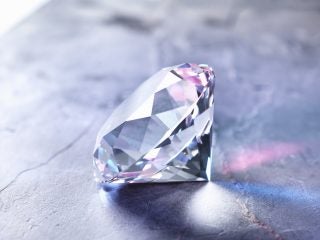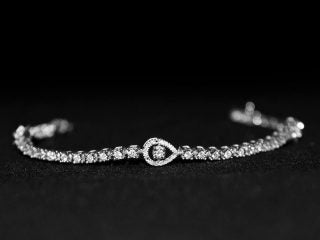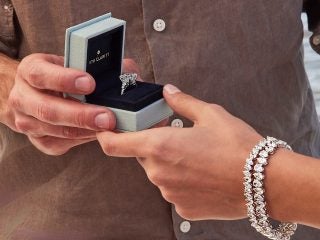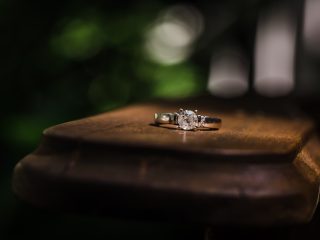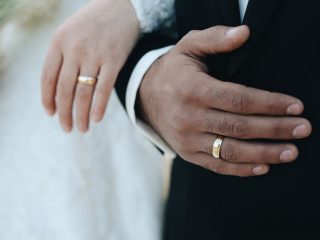Picking the perfect engagement ring can prove to be quite difficult and the reasons for this are not far-fetched.
First, there is the issue of the sentimental value attached to engagement rings – that is, the lovey-doveyness of the occasion and the uncertainties over the outcome of a proposal. Then, there is also the issue of price and value regardless of what precious metal or stone it is.
Diamonds in particular being the most popular gemstones isn’t by chance, and this is due to several factors ranging from their source to their overall appearance, and their symbolism; Diamonds, after all, are said to be forever. Every diamond, however, is unique and has attributes that establish its value. A diamond’s value is determined by metrics known as the 4 C’s:
-
Clarity, which refers to a measure of purity and rarity, these characteristics being visible under 10-power magnification. A diamond is flawless if there are no internal and external flaws also known as inclusions and blemishes respectively. Inclusions affect sparkle by interfering with the reflection and refraction of light.
-
Carat often mistaken for size denotes the weight of the diamond. A diamond can appear smaller and weigh heavier than another. A carat is equivalent to 0.20 grams. A diamond’s weight doesn’t necessarily determine its value, as different diamonds with the same weight could differ in prices when other things such as cut, color, and clarity are taken into consideration.
-
Colour referring to its natural tint. Naturally, most diamonds have a slight yellowish tint. Diamonds close to being colorless are rarer than diamonds with ‘fancy’ colors. The more the tint of color, the less the sparkle as light reflection is reduced. Grading is done by examining the color face down on a pristine white background, as it is more difficult to identify the color face up.
-
The cut often used in place of a diamond’s shape refers to the quality of its proportions and symmetry, in simpler terms, how the facets are shaped to get the most twinkle and brilliance. The shape on the other hand refers to the outline of the stone itself when viewed from above. A rectangular-shaped diamond for example usually has emerald cuts. With that simple explanation done, let’s take a look at the 3 most popular diamond shapes for engagement rings.
1. Round Diamonds
Classic round diamonds are the most popular shape for engagement rings, as over 75% of all diamonds sold happen to be round. They are also the most expensive shape and this is because they have the highest percentage (about 60%) of rough diamond lost during the cutting and polishing process.
Created by Marcel Tolkowsky in 1919, round diamonds have the most brilliance and sparkle, with the number of facets being 58 to get the best out of light reflection and refraction. They however can be purchased at fair prices because their brilliance hides inclusions or imperfections, so lower grades could be bought without much fuss being made about them having lesser clarity.
Another thing worthy of about this type of diamond shape is that they look good as solitaires, or in a group setting – in twos or threes, arranged beautifully. They are perfect for any finger size.
2. Oval Diamonds
A variant of the round diamonds, the oval shape diamonds have witnessed a rise in popularity in the last few years. This shape was designed in 1957 by Lazare Kaplan. Also consisting of 58 facets, they appear larger, however, less expensive than round-shaped diamonds. Its characteristic long shape makes the finger appear smaller which a plus is aesthetically.
The cut is very crucial with oval rings, with improper symmetry and proportions; it could like an egg, or be too wide or too skinny for your taste. Unlike round rings, you can set them in a North-south or East-west direction depending on preference.
They also can be incorporated into Solitaire or three-stone settings. They are perfect for women who love classics but just want something slightly different or unique.
3. Princess Diamonds
Princess cut diamonds, created by Israel Itzkowitz and Betezal Amber in 1979 were designed in a bid to combine the benefits of round and square diamonds. With about 49 facets, they are the most brilliant of square diamonds thus, are also great for concealing imperfections. They used to be the second most expensive and requested for diamond shapes especially in the early 2000s.
Their long, diagonal appearance makes them look longer in comparison to round-shaped diamonds. They however are prone to snag, so they should be protected by prongs.
What Else to Look Out For
Of course, your partner’s style and personal taste are important to index in determining what you would be going with. It’s also vital to make sure that whatever type you pick fits into your budget.




